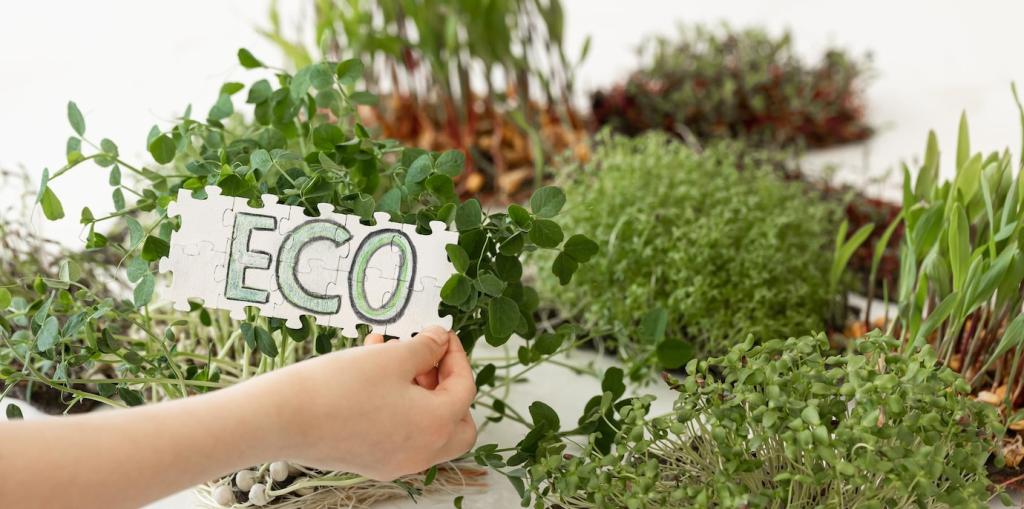Measuring Success and Sharing the Story
Use simple weekly counts of pollinators, bird sightings, and bloom stages. Snap photos at fixed points to document change. Share one month of observations—patterns will emerge, guiding plant choices and revealing the tangible gains of your biodiversity design.
Measuring Success and Sharing the Story
Look for layered vegetation, uninterrupted bloom, reduced irrigation, and presence of predators like lady beetles. Fewer pest outbreaks signal resilient systems. Post your three strongest indicators, and we’ll suggest one targeted improvement to raise your site’s ecological score.










